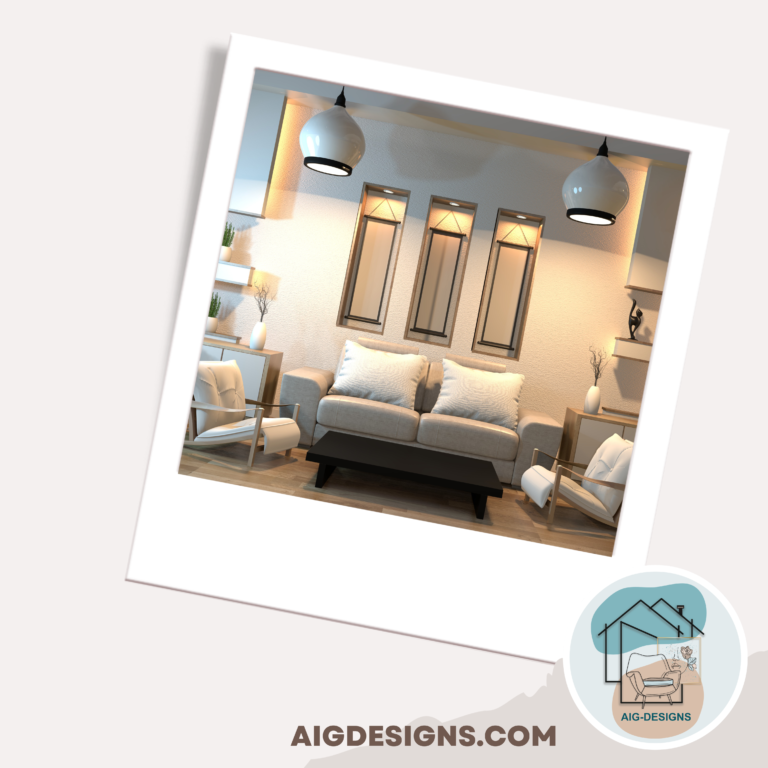Becoming an interior designer involves a combination of education, skills development, practical experience, and a passion for design. Here’s a general roadmap to becoming an interior designer:

- Education and Training:
- High School Education: Start by completing your high school education with a focus on subjects like art, design, mathematics, and communication. These skills will be valuable in your future career as an interior designer.
- Bachelor’s Degree: While not always mandatory, a bachelor’s degree in interior design or a related field can provide a strong foundation for your career. Look for programs accredited by relevant design organizations. Courses cover design principles, spatial planning, materials, construction, color theory, and software tools.
- Develop Skills and Knowledge:
- Creativity: Cultivate your creativity and imagination. Interior designers need to come up with innovative and unique design solutions for various spaces and clients.
- Technical Skills: Develop proficiency in computer-aided design (CAD) software, which is essential for creating detailed drawings and plans. Familiarize yourself with design software like AutoCAD, SketchUp, and Adobe Creative Suite.
- Communication Skills: Effective communication is crucial in working with clients, contractors, and other professionals. Develop strong verbal and visual communication skills to convey your ideas clearly.
- Knowledge of Design Principles: Study design principles, color theory, lighting, and materials. Understanding these concepts will help you create balanced and aesthetically pleasing interiors.
- Gain Practical Experience:
- Internships and Apprenticeships: Seek internships or apprenticeships with established interior designers, design firms, or architectural companies. Practical experience will provide insights into real-world projects and help you build a network within the industry.
- Entry-Level Positions: After completing your education, you might start as a design assistant or junior designer to gain hands-on experience and further develop your skills.
- Build a Portfolio:
- Document Your Work: As you gain experience, document your projects and designs. This will serve as your portfolio, showcasing your skills and design style to potential clients or employers.
- Showcase Diversity: Include a variety of projects that demonstrate your versatility, such as residential, commercial, and specialty designs.
- Certification and Licensure:
- Optional Certification: Although not always required, obtaining certifications from professional organizations such as the National Council for Interior Design Qualification (NCIDQ) can enhance your credibility and job prospects.
- Licensure: In some regions or for certain types of projects, interior designers may need to be licensed. Check the requirements in your jurisdiction.
- Continuing Education:
- Stay Updated: Interior design trends and technologies evolve over time. Participate in workshops, seminars, and online courses to stay updated with the latest industry developments.
- Establish Your Career:
- Specialization: As you gain experience, consider specializing in a particular area of interior design, such as residential, commercial, hospitality, or sustainable design.
- Freelancing or Employment: Decide whether you want to work as an independent freelancer or join a design firm. Both options have their advantages and challenges.
- Networking and Marketing:
- Network: Build a strong professional network by attending design events, trade shows, and industry conferences. Networking can lead to collaboration opportunities and client referrals.
- Online Presence: Create a professional website or social media profiles to showcase your work and connect with potential clients.
Becoming an interior designer requires dedication, creativity, and a commitment to continuous learning. While the path may vary for each individual, a combination of education, experience, and a strong portfolio will help you establish yourself in the field of interior design.




